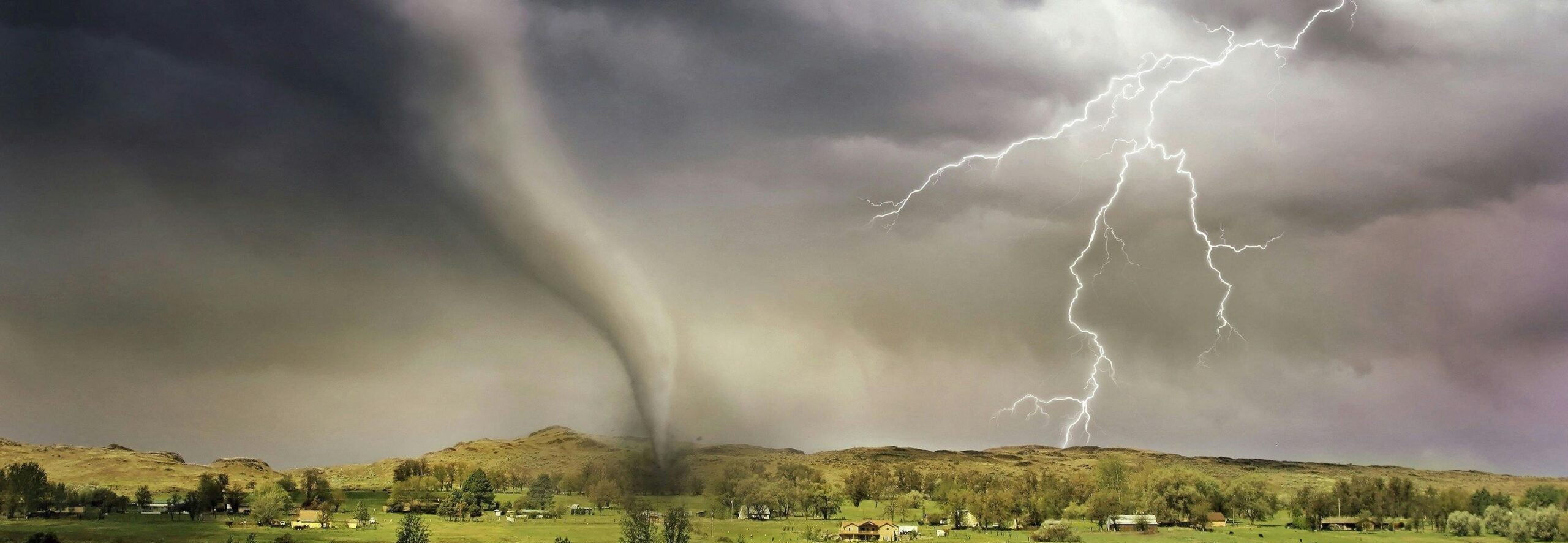In October of last year, The Progressive Corporation announced that it would not be renewing about half of its homeowner’s insurance policies in the state of Florida. The notice went into effect last month, with letters going out to homeowners stating,
“Dear Policyholder, your policy will expire at 12:01 on July 1, 2024, for the following reasons. After careful consideration we are unable to offer you a renewal policy due to a reduction in our hurricane exposure. Please contact your agent to find replacement coverage”.
They were not the first insurer to do so and are not expected to be last. Damage from natural disasters across the Gulf Coast, whether in the form of windstorms, flooding, or hail, has led to a rise in the payouts insurers are making to their policyholders. The Insurance Information Institute’s 2023 annual report wrote of the 28 US weather events exceeding damages of $1 billion, breaking a previous record of 22 in a single year. These disasters led to total insured losses of approximately $60 billion in 2023 (Insurance Information Institute, 2023). To remain solvent these insurers are managing through two courses of action, passing on costs via increased premiums for consumers, and exiting regions where the risk is deemed too high to justify any premium at all. With insurance a requirement for almost all property under lien (commercial, residential, or agricultural), a relatively less stable insurance market threatens a community’s very ability to build capital, by threatening its ability to take advantage of credit.
Among the policy proposals intended to shore up these markets are new allowances for premium hikes, adaptation policies such as more stringent building compliance codes, and an increased reliance on reinsurance and “catastrophe bonds” intended to spread out risk among global investors. New research has studied the threat of adverse selection in these markets, particularly as it relates to one’s own perceived vulnerability to a natural disaster (Wagner, 2022). In short, natural disaster insurance markets are adversely selected if homeowners with a higher willingness to pay for insurance are also more costly to insure. Akin to the problem health insurers have with smokers seeking insurance without disclosing their smoking, those homeowners who feel most at risk to natural disasters are the most likely to seek insurance for them. When this is the case, an increase in premiums tends to crowd out those with the lowest willingness to pay, which also tend to be those with the lowest risk among policy buyers. If this occurs, no progress is made toward an insurer’s goal of improving the cost/risk profile of their portfolio, while making insurance more expensive for those who remain insured. The administrators of the National Flood Insurance Program considered this a top concern during their latest meetings on long-term authorization (Wagner, 2022).
Reinsurance has long been an effective tool for disseminating local risk to a global investor base. Firms such as Swiss Re and Munich Re are the largest global buyers of natural disaster risk, allowing regional insurers to offload policy risk for commensurate fees. As Gulf Coast disaster risk has grown in recent years due to climate change, so has the cost of reinsurance, to the point that regional insurers find it no longer cost effective to offer certain policies, particularly those with high property valuations and/or low disaster resilience. These tend to be disproportionately located in rural communities and include many agricultural structures, as well as those categorized as “secondary homes”. The increased use of catastrophe bonds is one-way reinsurers have continually enticed third-party investors to assume this risk. If a natural disaster occurs within the bond’s predetermined lifespan (usually three years) then the principal is lost and used to reimburse those impacted, via payments to the reinsurer and then the regional insurer. The trigger for a catastrophe bond can be a natural disaster of a certain size hitting the area under coverage, or damages exceeding a predetermined threshold. If no disaster occurs, then the investors simply get back their capital, with interest (Keucheyan, 2018).
These flexible financial instruments, along with ongoing policy changes, have had enough of a positive impact on insurance markets over the first half of 2024 that some homeowners are seeing insurers returning to areas they had once abandoned. However, this short-term success is one continually threatened by the next set of natural disasters and the increased severity and frequency climate change has imbued them with.
References:
2023 Annual Report. (2024). Insurance Information Institute. Retrieved from https://www.iii.org/sites/default/files/docs/pdf/triple-i_2023_annual_report.pdf
Keucheyan, R. (2018). Insuring climate change: New risks and the financialization of nature. Development and Change, 49(2), 484-501. doi:10.1111/dech.12367
Lopez, Benjamin. “Natural Disaster Insurance and Markets Under Pressure: New Challenges to Managing Risk in Rural Communities.” Southern Ag Today 4(28.5). July 12, 2024. Permalink

Leave a Reply